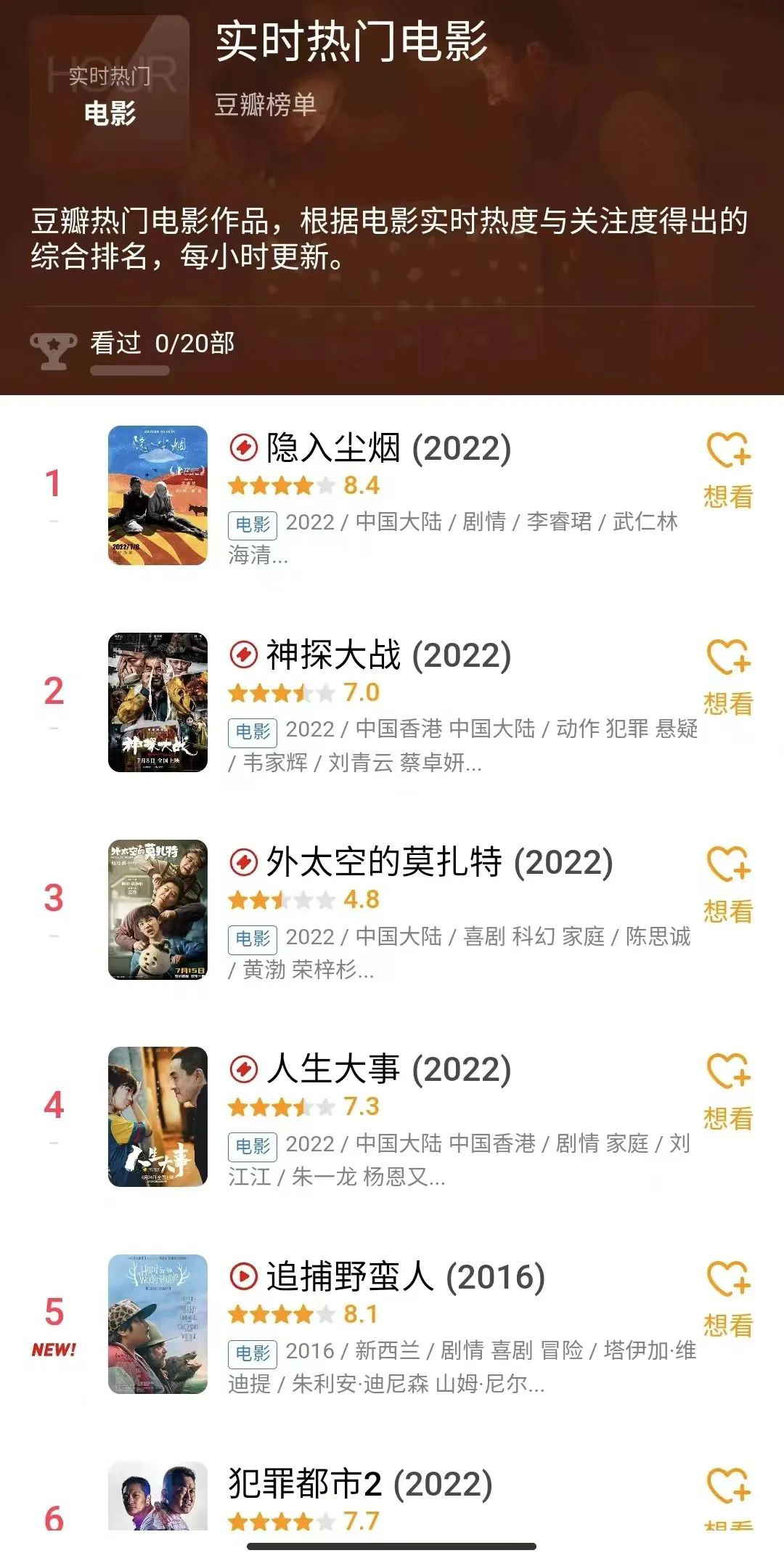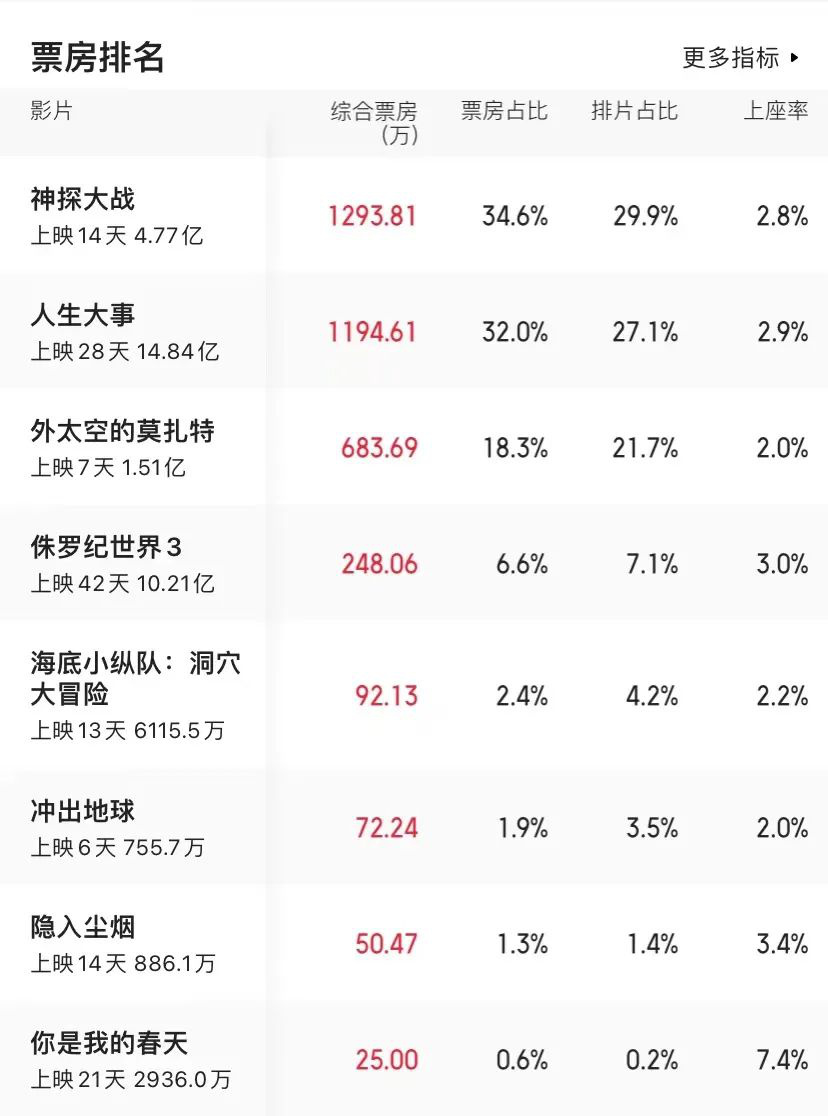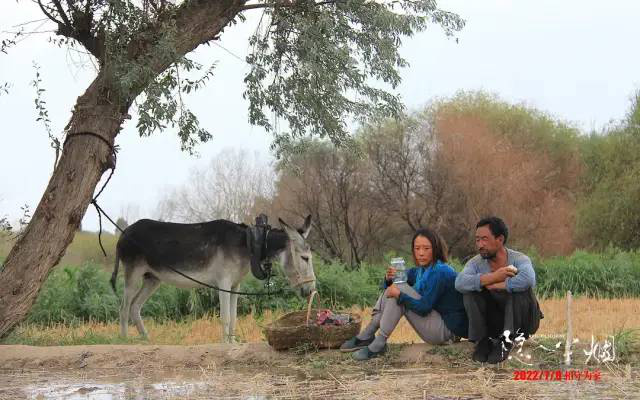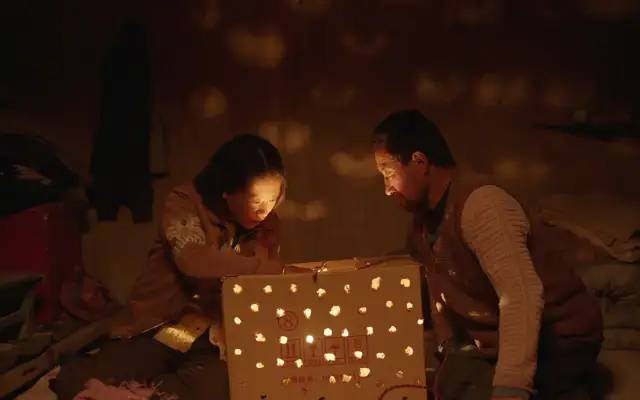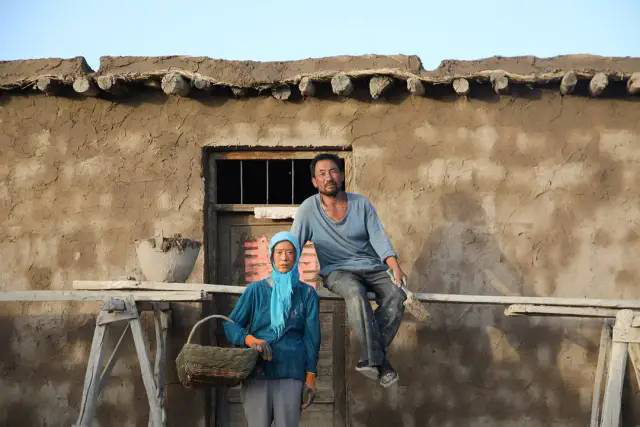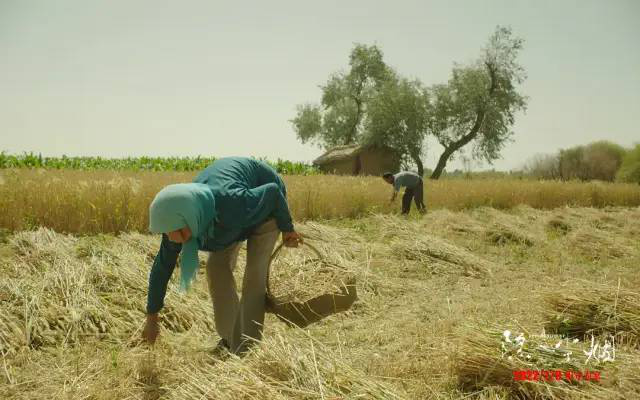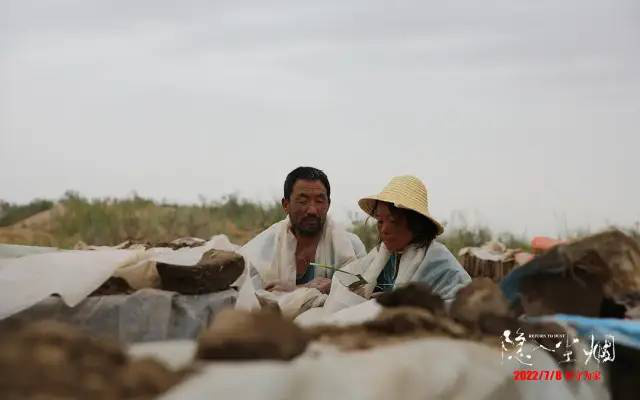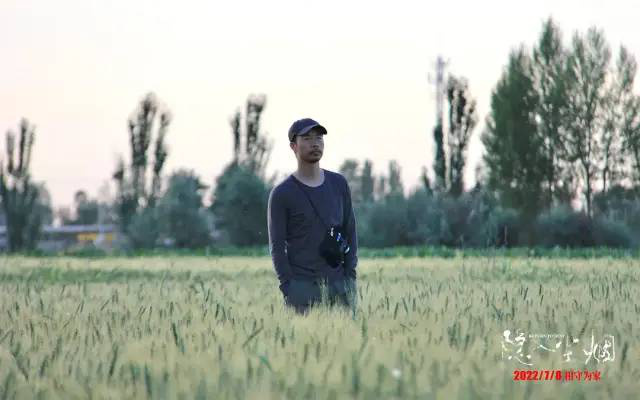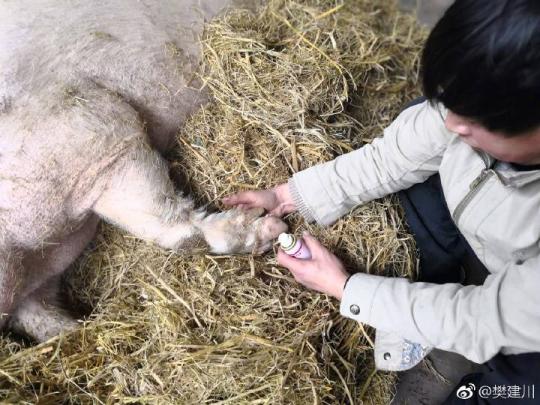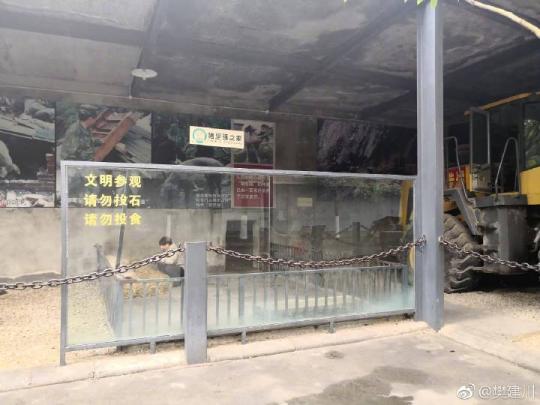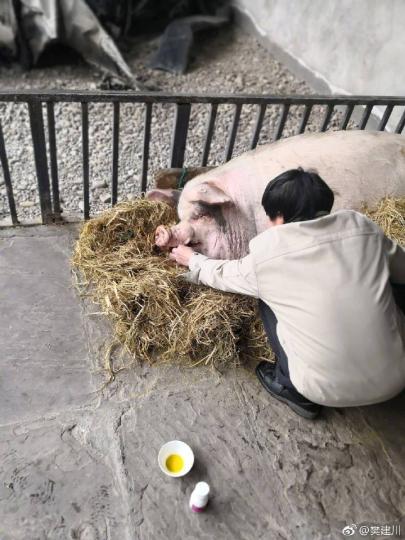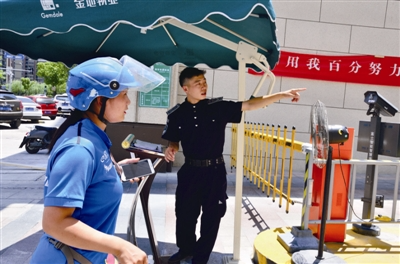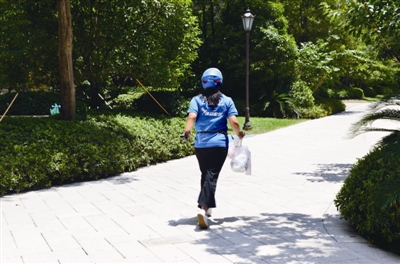The "social cattle" seals from Yantai, Shandong Province came to eat as soon as they shouted.
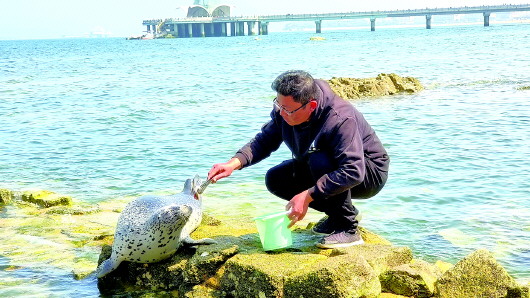
    Recently, a seal swam in the sea near the East Fort Seal Bay in Zhifu District, Yantai City, Shandong Province, sometimes basking in the sun on the reef and sometimes swimming in the water. Previously, many tourists who came to play had come across this seal. On the Internet, this seal and Yantai breeder interacted intimately, and was called "social cow" by netizens. The seal met with "hospitable" breeders, and it was highly concerned about the source of the seal, with more than 5 million related video views.
    "social cow" seal
    Meet a "hospitable" breeder
    Zhiqiang Tao, a keeper of the East Fort Seal Bay, said that this seal weighs about 100 kilograms. Judging from its strong physique, it should be five to six years old and belongs to young and middle-aged seals.
    Zhiqiang Tao recalled that he first discovered the seal on the afternoon of April 17th, when he was on a daily patrol in Seal Bay, and on the way, he accidentally found a seal sleeping on the reef outside the fence. The seal who thought it was Seal Bay ran out, which made him anxious. I quickly organized the staff of Seal Bay to check the number of seals and check the cage facilities, and then through careful observation of the appearance characteristics, I found that it was not a seal in Seal Bay.
    "Since we have come to Yantai to be a guest, let’s show our hospitality and treat it well!" Zhiqiang Tao said, "It hasn’t left since April 17th. From that day on, I began to feed it every day, twice a day, and this guy can eat more than ten kilograms of herring every day. " Zhiqiang Tao said happily. Later, Zhiqiang Tao went to feed the seal again.
    "Come here, come here, let’s have dinner …" I saw a seal wandering not far away swimming along the call of Zhiqiang Tao on the shore. "You came back, where did you go to play? Go home for dinner. " The seal looked up cleverly and listened as if he really understood. Zhiqiang Tao stepped on the reef with a small bucket of herring, holding a clip, and sent the fish piece by piece to its mouth. "It is very close to people and can understand words. Sometimes I can’t see it when I feed it. I will shout. If it is not far from the sea, it will immediately come out and swim to me for dinner."
    After the seal came, Zhiqiang Tao was in a state of mind. Every night when he went home, he would turn on the monitoring of Seal Bay and take a look, fearing that some lawless elements would hurt him. On April 22nd, Zhiqiang Tao went out on business, which delayed feeding. Unexpectedly, the seal went out to play by himself. He brushed the video of netizens on the Internet and found that the seal swam to Dongshan Trestle and Moon Bay, but finally he returned to Seal Bay. Because of the close interaction between Zhiqiang Tao and the baby seal, it was also called by netizens that "the’ social cow’ seal met the’ hospitable’ breeder."
    Mr. Xia, a citizen of Yantai, once met this seal in Moon Bay. He said, "At that time, the seal stayed for nearly two hours. Many tourists gathered there to watch it. Some tourists took out their own vegetarian meatballs and fed it. As a result, it patted its stomach and turned its head and ran away. The first time I saw a seal, I didn’t have to spend money on tickets. It felt very good. "
    Gained more than 5 million attention
    Multiple sources have been excluded.
    On the Internet, the video related to the seal of "Social Cattle" in Yantai has been viewed more than 5 million times. In addition to praising the naivety of the seal, netizens are particularly concerned about the question "Where did the seal come from?" They have left messages in the video comment area to make guesses. On the 25th, the reporter interviewed several marine parks and aquariums involved in the message.
    Many netizens questioned whether the seals released from Dalian had come to Yantai.
    In this regard, Zhiqiang Tao said that the seal released in Dalian is equipped with a tracker on its back, but this seal does not have such equipment. In addition, Dalian released ten seals on April 16th, and this seal appeared in Yantai Seal Bay on April 17th. It was impossible for a seal to swim from Dalian to Yantai in just one day. "It is impossible for it to swim from Dalian to Yantai at two o’clock and one line. The sea is so big, it must be playing while swimming. Where there are many fish, it will stop to eat for a while."
    On the 25th, the reporter called Dalian Fishery Administration Office, and had not received a reply as of press time.
    Some people in the netizen’s message suggested, "Is it a seal?" According to public information, "Diandian" belongs to one of the seals released in Dalian on April 16th. Except for the impossibility of coming from Dalian mentioned earlier, the two are not consistent in age. "Diandian" is only over one year old, and this seal is an adult seal of five to six years old.
    Some netizens speculated that it swam from Long Island to Yantai. Because Long Island is a provincial seal nature reserve in Shandong Province, it has the most representative temperate island-shallow sea wetland-marine ecosystem in China, as well as more than 600 kinds of marine life such as fish, shrimp, crabs, shellfish and algae, and rich mollusks such as fish and shrimp, which provide various flavors of food for spotted seals. From March to May each year, the maximum number of spotted seals migrating to Long Island waters is more than 400.
    On the 25th, the reporter called the Long Island National Ocean Park Management Center and sent photos and videos of seals taken on the spot to the other party. After repeated comparisons and searches, director Wu Zhongxun of the center told the reporter that there was no information about this seal in the database of the Long Island National Ocean Park Management Center.
    Wu Zhongxun also speculated on the source of the seal. "According to the closeness of the seal in photos and videos to people, this’ guest’ seal in Yantai may not be wild. The wild seal is very vigilant and will not let people feed and touch it at close range." He asked, could it be a seal that ran out of a nearby aquarium?
    Subsequently, according to this speculation, the reporter called Yantai Haichang Whale Shark Ocean Park and Penglai Oulebao Ocean Polar World respectively. The former replied, "There are no animals like seals in our parks"; The latter replied, "Not the seal in our museum".
    All the above possible sources have been denied, and the mystery of where the seals came from remains to be solved. The reporter will continue to pay attention to the source of this seal and its next destination.
